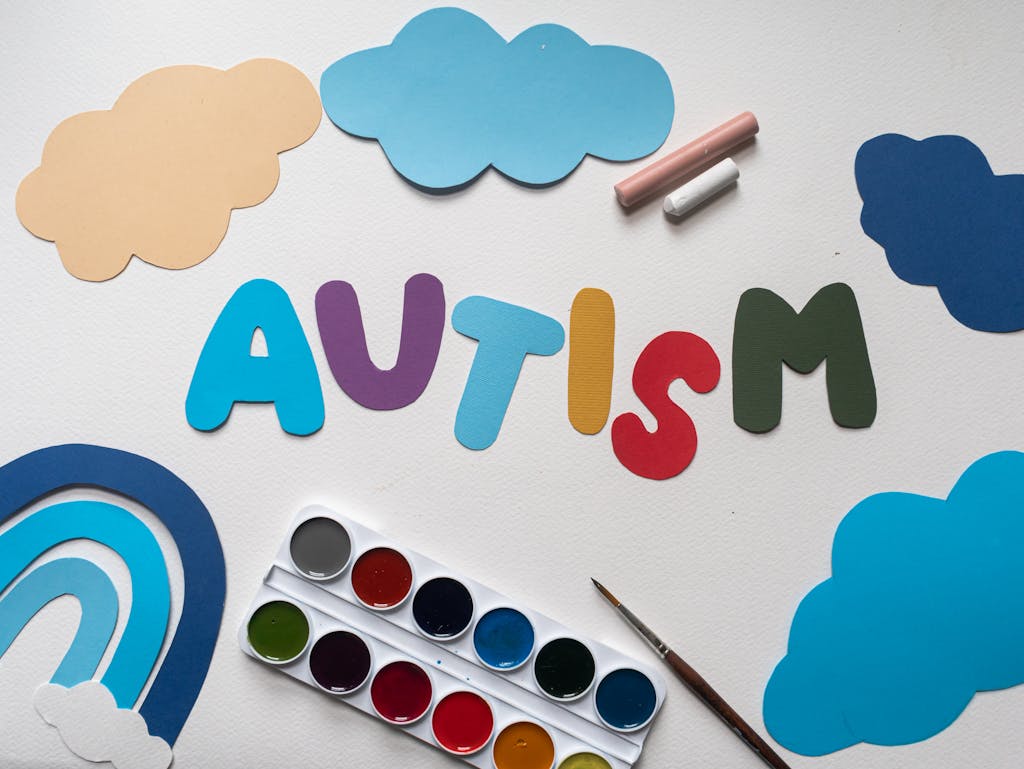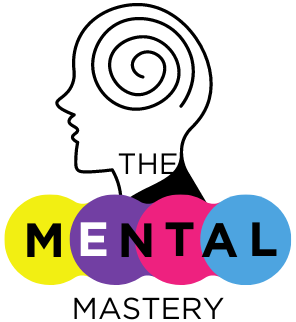Understanding Autism and Mental Health: A Guide for Parents and Caregivers
Introduction
For parents and other carers, navigating the complexity of autism spectrum disorder (ASD) can be difficult. The mental health of people with autism is one important issue that frequently needs attention. It is crucial to understand how autism and mental health interplay to offer appropriate support and promote general well-being. The guide examines the connection between autism and mental health, lists typical co-occurring disorders, and provides helpful advice on how parents and other carers may help their loved ones. The goal is to equip families with the information and resources they need to support the mental health of people with autism.

Understanding Autism and Mental Health
Autism spectrum disorder is a neurodevelopmental condition characterized by differences in social communication and the presence of restricted, repetitive behaviours or interests. Although autism is not a mental health condition in and of itself, people with ASD are more likely to have a number of mental health issues. Up to 70% of people with autism may have at least one co-occurring mental health disorder throughout their lifetime, according to research (Simonoff et al., 2008). The capacity for building social bonds, daily functioning, and quality of life can all be greatly impacted by these conditions. It is essential for carers to comprehend these risks in order to identify and address them early.
Common Co-Occurring Mental Health Conditions
Several mental health conditions frequently co-occur with autism:
- Anxiety Disorders: These are among the most common challenges faced by individuals with autism. Anxiety can manifest as generalized anxiety, social anxiety, or specific phobias, often influenced by sensory sensitivities, difficulties with communication, and social misunderstandings.
- Depression: Emerging particularly during adolescence or adulthood, depression can result from experiences of social isolation, bullying, or difficulties forming relationships.
- Attention-Deficit/Hyperactivity Disorder (ADHD): This condition can lead to challenges in attention regulation, impulsivity, and hyperactivity. Managing these symptoms alongside autism requires tailored support strategies.
- Obsessive-Compulsive Disorder (OCD): While repetitive behaviors are characteristic of autism, OCD involves intrusive thoughts and compulsions. Differentiating between autism-related routines and OCD behaviors is essential for providing appropriate interventions.
- Sensory Processing Disorder (SPD): Though not a mental health disorder, SPD affects how sensory information is processed. Sensory overload can lead to anxiety and distress, underscoring the importance of creating sensory-friendly environments.
Recognizing Mental Health Challenges in Autism
Identifying mental health challenges in autistic individuals can be complex, as symptoms may overlap with autism traits or manifest in unique ways. Caregivers should be attentive to behavioural changes that could signal mental health difficulties, such as:
- Increased irritability, aggression, or emotional outbursts.
- Withdrawal from social interactions or avoidance of previously enjoyed activities.
- Disruptions in sleep patterns or changes in appetite.
- Expressions of sadness, hopelessness, or low self-esteem.
- A decline in academic or occupational performance.
Understanding these signs and seeking early support from mental health professionals can make a significant difference in outcomes.
6 Strategies for Supporting Mental Health in Autistic Individuals
Parents and caregivers play an essential role in supporting the mental health of autistic individuals. Effective strategies include:
1. Creating a Predictable and Supportive Environment
- Implement visual schedules and calendars to outline daily routines.
- Prepare for transitions by discussing changes in advance.
- Minimize environmental stressors by creating a calm and organized space.
- Establish clear and consistent expectations for behaviour.
2. Encouraging Open and Flexible Communication
- Use preferred communication methods, whether verbal, written, or visual.
- Practice active listening by acknowledging and validating emotions.
- Provide emotional vocabulary tools to help identify and describe feelings.
- Encourage creative expression through art, music, or play therapy.
3. Fostering Social Connections and Inclusion
- Facilitate participation in interest-based social groups or clubs.
- Support the development of one-on-one friendships.
- Create opportunities for safe social interactions such as structured playdates.
- Advocate for inclusive environments in schools and community programs.
4. Teaching and Practicing Coping Strategies
- Introduce mindfulness techniques like deep breathing or grounding exercises.
- Utilize sensory tools such as fidget toys or weighted blankets to provide comfort.
- Establish calming routines like listening to music or engaging in hobbies.
- Encourage journaling or creative outlets to process emotions.
5. Accessing Professional Support
- Seek mental health professionals with expertise in autism for specialized interventions.
- Cognitive-behavioural therapy (CBT) tailored for autistic individuals has been shown to reduce anxiety (Wood et al., 2009).
- Consult occupational therapists for sensory integration strategies.
- Work with educational psychologists to support academic success and emotional well-being.
6. Prioritizing Caregiver Well-Being
- Engage in self-care activities such as exercise or hobbies.
- Seek emotional support through counselling or support groups.
- Set realistic expectations and recognize personal limits.
- Take breaks and access respite care when needed.
Understanding the Individual’s Perspective
Every autistic individual has unique experiences and perceptions. Understanding their perspective fosters empathy and tailored support. This involves:
- Involving the individual in decisions about their care and routines.
- Respecting their preferences and providing choices where possible.
- Being patient with communication differences.
- Celebrating strengths and achievements to reinforce a positive self-identity.
This person-centered approach promotes autonomy and empowerment, ensuring that support is meaningful and respectful.
Conclusion
Supporting the mental health of people with autism is a continuous process that calls for cooperation, understanding, and sensitivity. Parents and other carers can provide a supportive environment that promotes mental health by being aware of common co-occurring conditions, implementing practical strategies, and getting expert advice. Since every person is different, customized strategies are crucial. By exercising patience, compassion, and a commitment to lifelong learning, carers can significantly improve the quality of life for people with autism.
References
Simonoff, E., Pickles, A., Charman, T., Chandler, S., Loucas, T., & Baird, G. (2008). Psychiatric disorders in children with autism spectrum disorders: Prevalence, comorbidity, and associated factors in a population-derived sample. Journal of the American Academy of Child & Adolescent Psychiatry, 47(8), 921-929.
Wood, J. J., Drahota, A., Sze, K., Har, K., Chiu, A., & Langer, D. A. (2009). Cognitive behavioral therapy for anxiety in children with autism spectrum disorders: A randomized, controlled trial. Journal of Child Psychology and Psychiatry, 50(3), 224-234.







